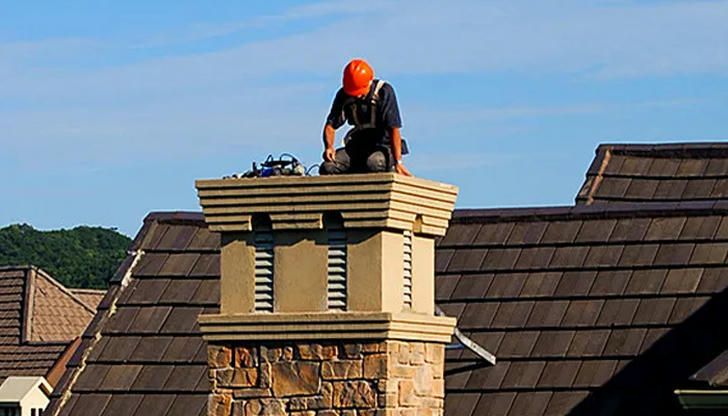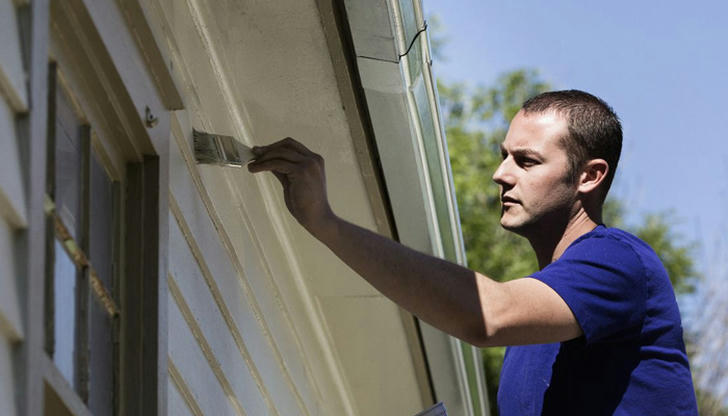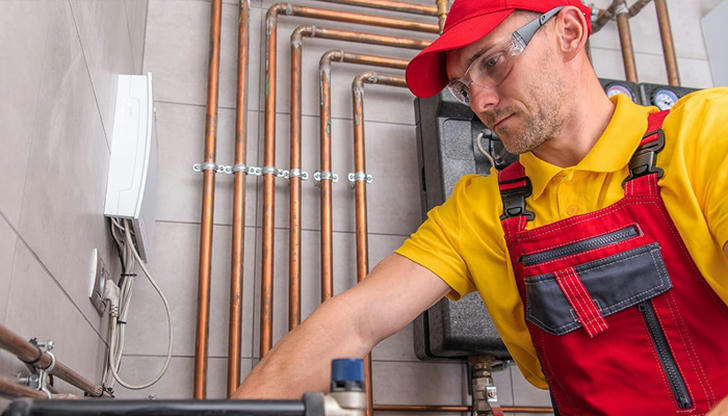A Year-Round Home Maintenance Checklist You Need to Keep in Mind

Regular maintenance is essential for maintaining your home's condition, whether it's a snug cottage or a modern, tech-savvy haven. Recognizing home maintenance as a safeguard for your investment not only enhances your family's well-being but also safeguards the value of your property.
Just like regular health check-ups, having a home maintenance plan is crucial for every homeowner. Regular checks of your exterior, appliances, heating and cooling systems, plumbing, safety, and electrical systems will help prevent breakdowns, save money, and keep your home in optimal condition.
Use this home maintenance checklist to schedule seasonal updates, repairs, and cleanings. Review the list at the beginning of each season to keep your home in its best working order. If any recommended home repairs and maintenance exceed your skill level or lead to more complex projects, consider hiring professionals for assistance.
Spring
- Roof Inspection

Spring is the ideal time to inspect the condition of your roof. You can begin by checking for signs of damage, loose shingles, or indications of leaks. Firstly, safely approach the roof using a ladder or rooftop access tool and meticulously examine the entire surface. Pay close attention to any visible areas of damage, such as exposed wooden structures or missing tiles. Additionally, clear any debris from the roof surface, such as branches, leaves, and dead branches, to ensure smooth water flow and reduce the risk of pooling. If any damage is detected, such as cracks, holes, or loose tiles, be sure to promptly repair them to prevent further water infiltration and damage to the roof structure.
- Exterior Wall Inspection

In spring, you should check for cracks, peeling paint, or other signs of damage on the exterior walls. Use your hands to feel the surface of the walls for any abnormalities or uneven areas. Additionally, use a ladder or rooftop access tool to inspect the higher sections of the walls, ensuring there are no obvious damages or areas where paint or siding is coming off. Prompt repairs are essential if any issues are found to prevent water infiltration and maintain the aesthetic appeal of the exterior walls.
- Piping and Drainage System

Check both indoor and outdoor pipes, especially those exposed to the elements, to ensure there are no damages or leaks. Additionally, clean out gutters and drains to prevent water pooling and drainage issues. Promptly repair any leaks or blockages found to avoid water damage.
- Chimney Cleaning

Good chimney ventilation is essential for safe combustion, so you should regularly clean the chimney to prevent fires and smoke buildup. You can use professional chimney cleaning tools and equipment or hire a chimney cleaning service to ensure thorough cleaning. Make sure the chimney is cleaned thoroughly and check for any damages or blockages to ensure safe and smooth combustion.
Summer
- Air Conditioning System

Summer's scorching temperatures make the proper functioning of your air conditioning system imperative. Begin by ensuring your air conditioner is operating smoothly and efficiently. Replace the air filters regularly to maintain clean and cool air circulation throughout your home. Additionally, inspect the exterior vents of your air conditioning unit and clear any debris or obstructions surrounding them to ensure unobstructed airflow and optimal performance.
- Exterior Coatings

The exterior coatings and paint of your home face constant exposure to the elements during the summer months. Check for signs of fading, peeling, or damage to the exterior coatings and paint. This includes examining the siding, trim, and any painted surfaces. Address any issues promptly by repainting or repairing damaged areas to protect your home from the harsh effects of summer sun, rain, and wind.
- Waterproofing

Proper waterproofing is essential to prevent water infiltration and damage to your home during summer storms. Inspect the seals around your roof, windows, and doors to ensure they are intact and effective at keeping out rainwater. Clean and maintain your roof's drainage system to prevent water pooling and potential leaks. Address any deficiencies in waterproofing promptly to avoid costly water damage repairs.
- Outdoor Facilities

Summer is the time for outdoor living, so you need to inspect and maintain your outdoor facilities. Check your patio, deck, and other outdoor structures for signs of wear and tear, such as loose boards or damaged surfaces. Repair any issues promptly and consider applying a fresh coat of paint or sealant to protect these areas from the sun and high temperatures. Ensure that all outdoor facilities are safe, stable, and capable of withstanding the rigors of summer weather.
Autumn
- Check Heating System

With temperatures dropping, you should ensure your heating system operates properly. Start it up, listen for any unusual sounds or odors, and check for even heating. Regularly clean and replace air filters for efficient operation and improved air quality.
- Test Safety Devices

Regularly testing smoke and carbon monoxide detectors is essential for family safety. Press the test button, replace batteries as needed, and check fire extinguishers for proper pressure and functionality.
- Indoor Inspection

Inspect window and door seals to prevent cold drafts. Replace worn or damaged weather stripping and check for leaks around skylights and doors.
- Outdoor Water Systems

Emptying sprinkler systems and outdoor water features, such as ponds and fountains, before winter sets in is crucial. Preventing freezing ensures that expanding ice doesn't damage the equipment, potentially causing hazardous explosions.
Winter
- Insulating Pipes

During winter, exposed pipes are vulnerable to freezing and bursting in cold weather. You can use pipe insulation sleeves or foam pipe sleeves to cover exposed pipes, effectively preventing cooling and freezing.
- Exterior Wall Maintenance

In winter, cold air and moisture can penetrate indoors through incomplete seals or cracks, leading to energy wastage and dampness issues. Therefore, it's essential to regularly check the sealing performance around exterior walls and windows and repair any cracks or gaps found. Additionally, consider adding exterior wall insulation materials such as sealing tape or thermal insulation materials to enhance insulation.
- Indoor Air Quality

During winter, indoor air quality may deteriorate due to increased indoor confinement. Avoid using combustion devices like furnaces or gas stoves indoors as they can generate harmful gases. Regularly clean air filters and ventilation systems to ensure good air quality, and consider placing some indoor plants to help purify the air.
